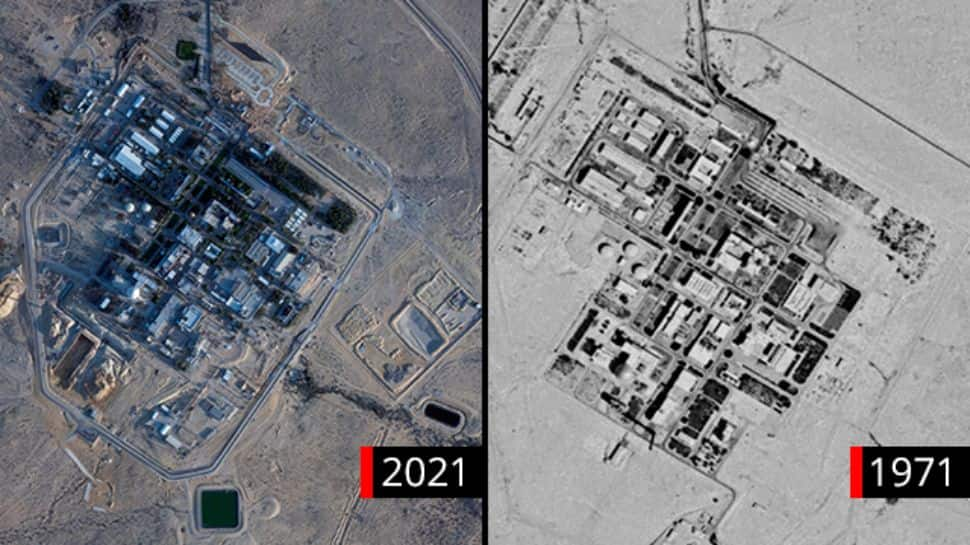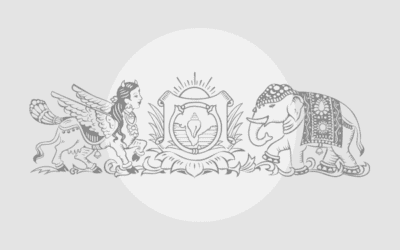The Secret Ally Behind Israel’s Nukes – And Why It Gave Up Its Own Arsenal | World News

New Delhi: In the shadows of Cold War diplomacy, South Africa and Israel formed one of history’s most unlikely and secretive alliances. One regime led by white supremacists. The other, a Jewish state born from the ashes of genocides. They shared no religion, no geography and no cultural kinship. What bound them was something darker – nuclear ambition, international isolation and a fear of annihilation.
South Africa, which once secretly helped Israel build the Jewish state’s undeclared nuclear arsenal, would go on to do something no other nuclear-capable country has dared – destroy its own bombs. Israel, meanwhile, still holds on to its warheads – officially silent, diplomatically ambiguous, but armed to the teeth.
Their clandestine nuclear partnership began with a snub.
In 1955, Israel had a seat at the table for the Bandung Conference, a gathering of newly independent African and Asian nations. It was to be Israel’s opening to the postcolonial world. But India’s Prime Minister Jawaharlal Nehru pulled the rug out at the last minute. Under pressure from Egypt, Pakistan and Arab allies, he withdrew support. Israel’s invite was revoked. David Ben-Gurion, Israel’s founding father, was stunned.
Bandung became a diplomatic wake-up call. Israel was alone. Shut out by the Arab bloc and shunned by the Third World, it turned its gaze toward the only place that welcomed its outstretched hand – Africa.
American journalist Sasha Polakow-Suransky, in his explosive book ‘The Unspoken Alliance’, captures this geopolitical pivot. “Nehru did so under pressure from Egypt, other Arab states and Pakistan, all of whom threatened not to attend the conference if Israel did,” he writes. The rejection ignited Israel’s search for new allies – first across the continent, then in the corridors of apartheid Pretoria.
South Africa had something Israel desperately needed – uranium. Israel had what South Africa lacked – technical expertise. Together, they forged a secret alliance that would produce warheads in the desert, fuel rods in the savannah and a terrifying new reality for nuclear diplomacy.
But the roots of Israel’s atomic dreams ran deeper.
Back in 1952, before any alliance with Pretoria, Israel had already formed the Israel Atomic Energy Commission (IAEC). Its chairman, Ernst David Bergmann, did not mince words. Nuclear weapons, he said, would ensure Jews were “never again led as lambs to the slaughter”. It was not only defense, it was vengeance. It was insurance. It was never again.
That moral urgency was turbocharged by the 1956 Suez Crisis. Israel, alongside Britain and France, attacked Egypt. In return for its role, France gave Israel the ultimate prize – nuclear know-how.
Construction of the Dimona facility began in 1958 under the cover of a “textile factory”. French engineers designed the reactor. Uranium was shipped covertly. Heavy water came via Norway. Even U.S. inspectors, allowed inside, were deceived – new plaster covered elevator shafts that led to the underground reprocessing plant.
Washington knew. But it looked the other way.
By 1969, President Nixon and Prime Minister Golda Meir had reached a silent understanding. No tests. No declarations. No pressure. Israel would remain nuclear – but unofficially. It was opacity as policy. “Amimut.”
By the Six-Day War in 1967, Israel had two or three crude bombs, ready for a doomsday strike. The world never saw them. But the line had been crossed.
Enter South Africa.
After 1967, France cut off arms to Israel. South Africa stepped in. Spare parts for Israeli Mirage jets arrived just in time. The two nations grew closer, bound by a shared sense of siege.
In 1962, South Africa sent Israel its first 10 tons of yellowcake uranium. By 1965, it had formalised the flow – hundreds of tons shipped quietly, away from international eyes. In return, Pretoria received Israeli nuclear technology and military support.
The relationship deepened after the 1973 Yom Kippur War. When most of Africa cut ties with Israel, South Africa leaned in harder.
By 1974, South Africa had tested its first crude device – likely with Israeli guidance. Its nuclear plant at Valindaba began enriching uranium by 1978. Within a few years, it had six bombs and a seventh in progress.
But the most dramatic moment came in 1975.
That year, Israeli Defense Minister Shimon Peres met South African counterpart P.W. Botha in Zurich. What followed was bombshell diplomacy. Declassified documents later revealed that Peres hinted at supplying the “correct payload” in “three sizes”. A thinly veiled reference, many believed, to nuclear warheads.
A memo from South African official R.F. Armstrong confirmed Pretoria’s reading: Israel had offered the bomb.
The deal never went through. The reason? Unclear. Some say South Africa could not afford it. Others claim Israel feared global fallout if the deal leaked. Peres would later deny the offer. But the documents say otherwise.
Four years later, on 22 September 1979, the Vela satellite picked up something strange over the South Atlantic. A blinding “double flash” – signature of a nuclear explosion. No one took credit. But the suspects were obvious.
Intelligence circles pointed fingers at South Africa and Israel. Weather conditions were perfect. South African ships were in the area. The test fit the pattern.
The official US position was “sensor malfunction”. But insiders never bought it. The test – never confirmed – became a symbol of how far the two pariah states had taken their nuclear pact.
Then, everything changed.
The Berlin Wall fell. Apartheid crumbled. By 1991, the white minority in South Africa was negotiating its exit from power. And with it came the fear – what if these bombs ended up with the African National Congress?
Rather than risk it, Pretoria dismantled everything. Six working bombs. One unfinished. All dismantled. By 1993, President F.W. de Klerk admitted what had long been whispered – South Africa had nuclear weapons. And now, it did not.
It was the only country in history to build nukes – and then destroy them.
Israel did the opposite.
It continued to operate the Dimona reactor. It refused to sign the Nuclear Non-Proliferation Treaty. It conducted no public tests. It maintained silence. And it kept building.
Estimates suggest Israel now has at least 90 warheads. Some say far more. Enough plutonium exists to build dozens more.
Today, Israel targets Iran’s nuclear sites. It warns of a second Holocaust. It accuses Tehran of seeking a bomb.
But it never speaks of Dimona. Never mentions Zurich. Never comments on Vela.
The story of Israel’s nukes is, in part, a story of betrayal, secrecy and survival. But it is also a story of a forgotten brotherhood – two rogue states, one dream and a pact written in uranium and fear.
One walked away. The other never looked back.






